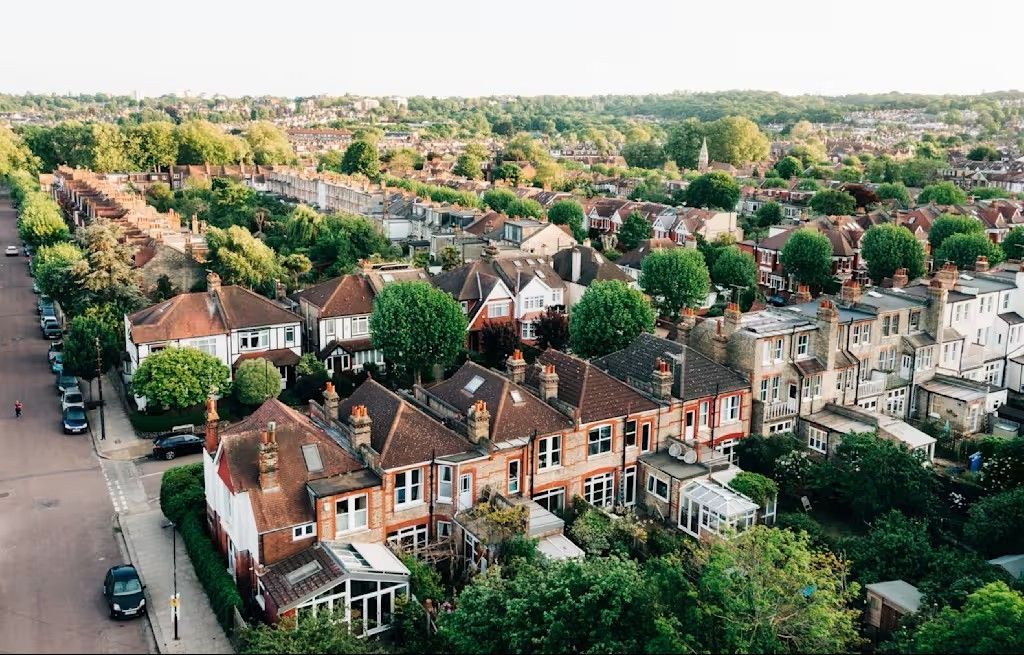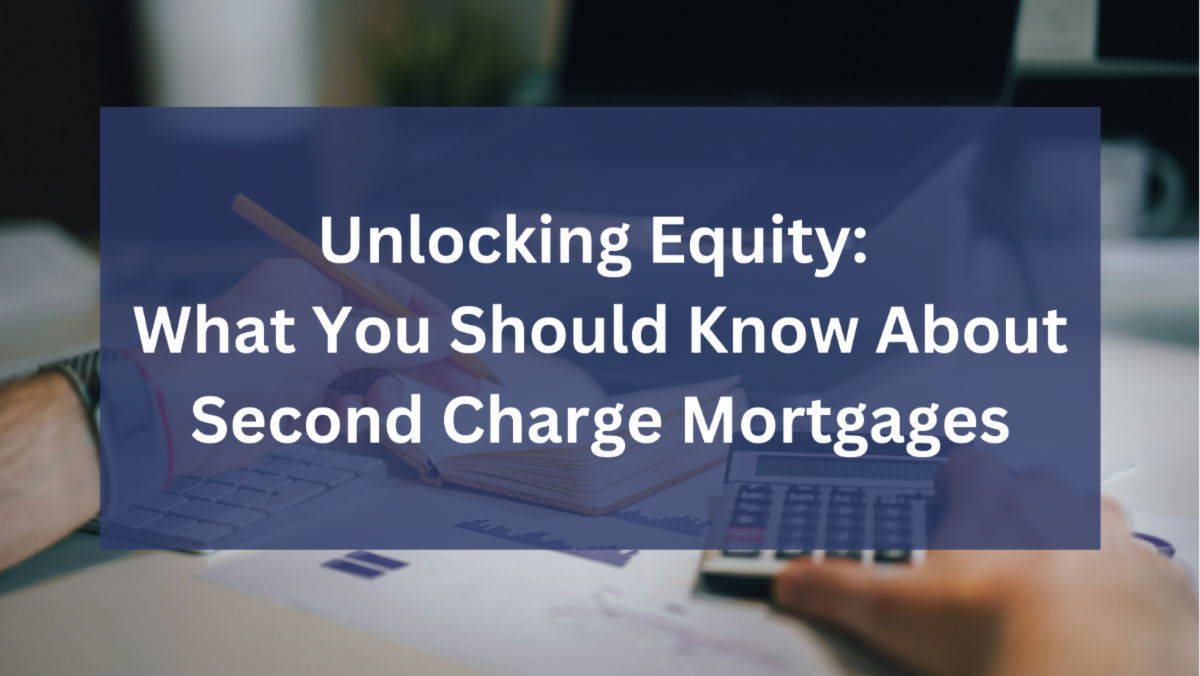Will mortgage rates go down in 2025?

Adapted from a Zoopla Property News article 14 May 2025 by Ellie Isaac Senior Editor
Mortgage rates are likely to stay in the 4-5% range this year while changes to affordability testing by lenders could give buyers a boost.
Key Takeaways
- A two-year variable rate with a 75% loan-to-value ratio currently averages 4.75% while the average five-year fixed term sits at 5.04%
- The base rate dropped to 4.25% in May 2025 in positive news for households
- Changes to affordability testing by mortgage lenders could make it easier for buyers to borrow
- The Base Rate could fall further by the end of 2025
After the latest much-anticipated base rate drop from 4.5% to 4.25% in May 2025, mortgage rates are expected to remain at around 4-5% for the rest of the year.
Mortgage rates have continued to come down since June 2023, when the average five-year fixed-rate loan for a 75% loan-to-value mortgage peaked at 5.8%, adding hundreds of pounds to monthly mortgage repayments for buyers and homeowners.
Today, that same mortgage has now fallen to an average rate of 5.04%.
Mortgage rates unlikely to drop below 4% in 2025
Most forecasters are expecting mortgage rates to remain in the 4-5% range this year, even if inflation and the base rate edge lower.
Zoopla’s Executive Director of Research, Richard Donnell, says: ‘Expectations of lower interest rates are already priced into fixed rate mortgages today. Lower interest rates would likely result in further modest declines in mortgage rates but how far depends on how low money markets see base rates falling. Economists currently expect base rates to fall to 3.5% by the end of 2025, which would imply mortgage rates remaining in and around the 4%+ range.’
Why are mortgage rates going down?
Mortgage rates began to go down in the latter half of 2023, as inflation dropped from 6.3% in September to 4.2% in December.
In June 2024, inflation hit its 2% target, but it has risen slightly since then and is currently sitting at 2.6%.
The Bank of England cut the base rate twice last year, first in August and again in November - and then again in February 2025.
At the most recent Bank of England meeting in May 2025, the Bank dropped the base rate to 4.25%. Some forecasters are predicting it will fall further by the end of the year.
The bank rate determines the interest rate the Bank of England pays to commercial banks that hold money with them. It influences the rates those banks charge people to borrow money or pay on their savings.
What factors affect interest rates?
Inflation is the main reason interest rates have been high in the UK over the last 3 years. An unexpected rise in demand - or decrease in supply - can cause inflation to rise.
At the end of 2021, the Bank of England began to raise the base rate in order to reduce inflation and help slow down price rises for everyday items including food, petrol, gas and electricity.
Inflation is currently hovering over its 2% target at 2.6%, so the Bank of England needs to keep the base rate high enough to ensure inflation doesn't rise again.
Global shocks can also have an impact on inflation, such as wars, pandemics and tariffs as they affect the flow of goods around the world.
Relaxed affordability testing to boost buyer affordability in 2025
One emerging trend that we expect to positively support market activity in the coming months is a relaxation in how lenders assess the affordability of new mortgages. While buyers focus on the mortgage rate they will pay, lenders also check whether the borrower can afford a 'stressed mortgage rate' at a higher level than the borrower will pay.
While the average 5-year fixed rate mortgage is around 4.5% today, many lenders are currently 'stress testing' affordability at 8-9%. This makes it harder to secure a mortgage without a large deposit. If average mortgage stress rates were to return to pre-2022 levels of 6.5% to 7%, this would deliver a 15-20% boost to buying power.
An average first-time buyer with mortgage repayments of £1,020pcm at a 4.5% mortgage rate would typically have to prove they could afford monthly repayments of £1,550pcm at an 8.5% stress rate. If the stress testing is relaxed to 6.5%, repayments would fall to £1,275pcm, boosting buying power. It's a similar pattern for the average homeowner, while the actual impact will vary by lender and type of borrower.
This change would consequently supporting demand and sales volumes. Other existing rules and regulations that remain in place will continue to impact the availability of mortgage finance.
More choice for buyers in 2025
Supply of homes for sale is 12% higher than a year ago as more sellers enter the market.
More supply means more sellers, most of whom are also buyers.
And more choice for buyers means more opportunity for wriggle room when it comes to paying the asking price.
If you would like Bristol Mortgages Online to help you with a first-time Buyer Mortgage, Remortgage or any other Mortgage or Protection needs please call Phil Clark today to book an initial consultation!
How to Contact Us
Call Phil on 0117 3251511
Email info@swmortgages.com
Visit www.bristolmortgagesonline.com
Your home/property may be repossessed if you do not keep up repayments on a mortgage or other debt secured on it.










